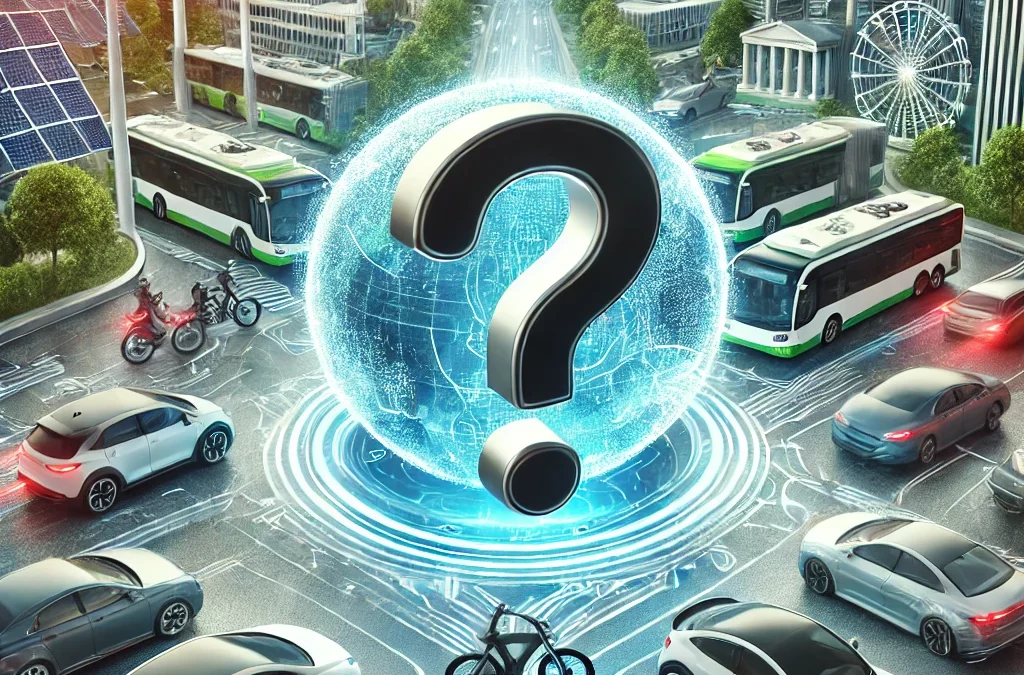
Weekly News Review July 22 – July 28 2024
July 28, 2024
Weekly News Review July 29 – August 4 2024
August 4, 2024Where are we exactly globally in the transformation to electric vehicles?
Has it been postponed? Cancelled even?
We will begin today with an abstract of a July 2024 report on the global transition to electric vehicles, focusing specifically on what is happening in the United States.
What are we hearing in the news media? A decline in sales, fears about range, reports of electric cars catching fire – if you believe the headlines in many media outlets, electromobility is currently having a hard time in Germany, Europe’s largest car market.
However, what is the truth behind this crisis narrative, and what is the situation in other markets such as China or the United States? We have compiled answers to these questions in a detailed background report.
Let us begin in North America.
In the United States: Subsidies Should Make the Difference –
The Inflation Reduction Act (IRA), ratified by US President Joe Biden in the summer of 2022, is part of the USA’s efforts to broaden the supply chains for critical raw materials and, in particular, to relocate downstream processing steps to the US.
In addition to the expansion of battery production, electric car production will also be expanded. The legislation’s stated aim is for half of all new cars in the US to be electric by 2030.
Federal authorities are setting a good example: all government vehicles weighing up to 3.8 tons must be fully electric by 2027, with heavier models to follow by 2035. Twelve states, including the most populous and economically most robust, California, will exceed these targets.
After 2035, combustion vehicles will no longer be allowed to be sold in the state, and violations will be penalized. The IRA provides the main incentive for EV purchases with tax credits of up to 7,500 USD.
However, the subsidy is linked to certain conditions — for example, the vehicle’s final assembly must take place in North America.
In addition, both the critical raw materials used in the battery, such as lithium, and battery components, such as the cathode and anode, must come from the US or a country that has signed a free-trade agreement with the US, such as Canada or Mexico. Otherwise, funding for the non-compliant vehicle will be reduced. So far, just under one billion dollars has been called up.
Despite the extensive subsidies, the expansion of e-mobility in the U. S. could be better: as in Germany, EV sales growth slowed in the first three months of 2024. However, this was the first decline since the summer of 2020.
Nevertheless, in the USA almost 2.6 percent more vehicles were sold year-over-year than in the first quarter of 2023, meaning EVs accounted for 7.3 percent of all new registrations in the first quarter of 2024. The US is, therefore, far from experiencing a sales crisis. In addition to the record number of e-cars sold, nine car manufacturers in the U S. — BMW, Cadillac, Ford, Hyundai, Kia, Lexus, Mercedes, Rivian, and Vinfast – reported record sales of zero-emission cars.
The analysis firm Cox Automotive even says 2024 will be the most successful year ever for EVs and expects them to account for almost a tenth of all US car sales by the end of the year.
However, Tesla suffered a significant decline in its home country, having sold around 13 percent fewer cars in the first quarter of this year than in the same period in 2023.
In an interview with Reuters, Elizabeth Krear, Vice President of the Electric Vehicle Practice at JD Power, says the general EV sales setback in the first quarter of 2024 is due to the sluggish expansion of US charging infrastructure. In addition, the price of new EVs is higher compared to ICE vehicles, and consumers think the EVs’ range per charging cycle is too low.
In its calculations, the analysis firm The Conference Board does not see electric and combustion vehicles reaching parity until 2038, eight years later than the target year set by Biden. Too little investment in charging facilities, too few incentives to buy, and shortfalls in demand stand in the way of achieving the target. McKinsey notes that the charging infrastructure in the U. S. would have to increase more than eightfold for enough households to have sufficient access and for e-mobility to become more attractive.
To close the gap, the US recently announced a massive investment of 1.3 billion USD to expand and modernize EV charging facilities, especially along highways and other main traffic arteries.
According to AlixPartners, consumers want charging infrastructure to improve before they buy an electric car. In a survey, the analyst found that perceived limited range and lack of charging options deter Americans from buying EVs. To achieve the government’s targets, sales would have to increase significantly.
If you contact us we will email you the full detailed report to learn more about the actual Global Transition to Electric Vehicles, including Germany’s, France’s, and China’s progress in electric mobility.






